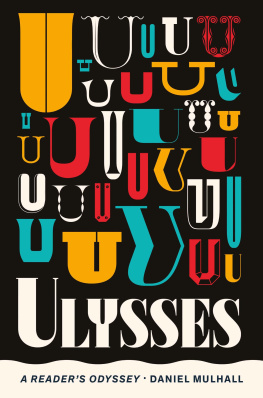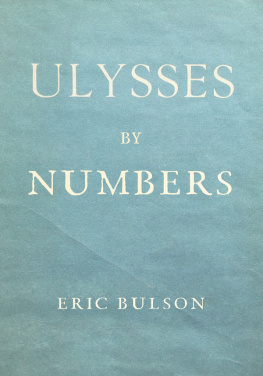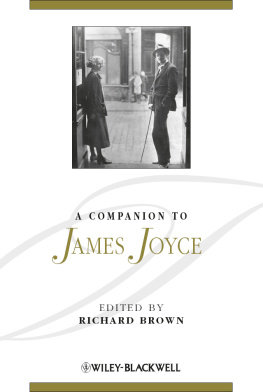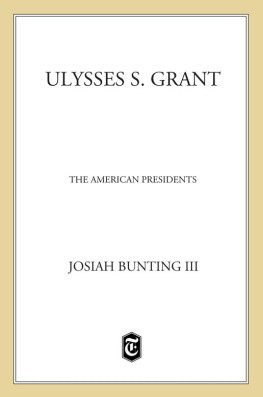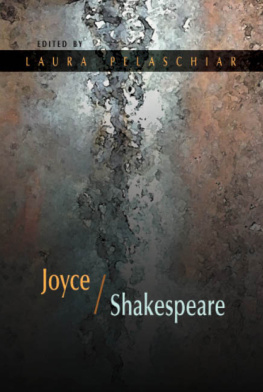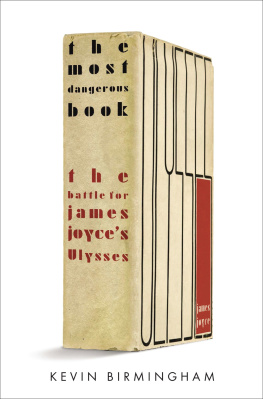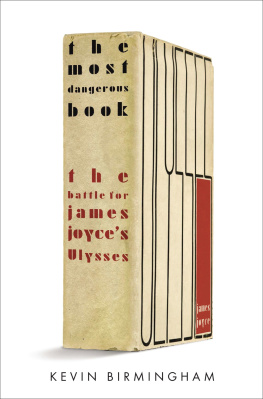More praise for The Little Review Ulysses
More than the shock of recognition, there is a jolt of pleasure, indistinguishable from wonder, in encountering Ulysses as its first intrigued readers would have in the proudly modern pages of the Little Review.Maria DiBattista, Princeton University
This canny edition of Ulysses episodes from the Little Review throws revealing light on transatlantic modernism by tracing the intertwined histories of a seminal journal and Joyces masterpiece. It reconstructs serial reading by embedding the early versions in their periodical and period contexts while sending us to the 1922 Ulysses with refreshed vision for those who already know it, or with sharpened vision for first-time readers.John Paul Riquelme, Boston University
At last, the very first published version of Ulysses seen by readers, as it appeared in that courageous journal the Little Review, beautifully presented, its context clearly explained. This is a fascinating vision of the greatest twentieth-century novel in its first public appearance. The excitement radiates off every page. Here is a wondrous artworks first outing, skillfully returned to the world.Enda Duffy, University of California Santa Barbara
A beautifully edited volume that allows contemporary readers to experience Ulysses as it was first published in serialization, warts and all. The scholarship is meticulous, helpful, and unobtrusive.Sam Slote, Trinity College Dublin
A treasurethe Ulysses that readers first saw and that a court banned, beautifully presented to help us encounter this work in progress as it unfolded in the Little Review.Michael Groden, author of Ulysses in Progress and Ulysses in Focus
THE LITTLE REVIEW ULYSSES

THE LITTLE REVIEW
ULYSSES
JAMES JOYCE
EDITED BY MARK GAIPA,
SEAN LATHAM, AND
ROBERT SCHOLES

Frontispiece: The opening page of Ulysses in the March 1918 issue of the Little Review (mistakenly identified as issue 5.11 instead of 4.11)
Published with assistance from the Andrew W. Mellon Foundation. Published with assistance from the foundation established in memory of Calvin Chapin of the Class of 1788, Yale College.
Copyright 2015 by Yale University. All rights reserved. This book may not be reproduced, in whole or in part, including illustrations, in any form (beyond that copying permitted by Sections 107 and 108 of the U.S. Copyright Law and except by reviewers for the public press), without written permission from the publishers.
Yale University Press books may be purchased in quantity for educational, business, or promotional use. For information, please e-mail (U.K. office).
Printed in the United States of America.
Library of Congress Cataloging-in-Publication Data
Joyce, James, 18821941.
The Little Review Ulysses / James Joyce ; edited by Mark Gaipa, Sean
Latham, and Robert Scholes.
pages cm
Includes bibliographical references.
ISBN 978-0-300-18177-7 (paperback)
1. City and town lifeFiction. 2. Dublin (Ireland)Fiction. 3. Joyce, James, 18821941. Ulysses. I. Gaipa, Mark, 1963, editor. II. Latham, Sean, 1971, editor. III. Scholes, Robert, 1929, editor. IV. Title.
PR6019.09U4 2015 823.912dc23 2014042988
A catalogue record for this book is available from the British Library.
This paper meets the requirements of ANSI/NISO z39.48-1992
(Permanence of Paper).
10 9 8 7 6 5 4 3 2 1
CONTENTS
The Little Review Ulysses
ILLUSTRATIONS
ACKNOWLEDGMENTS
The text from the Little Review used to create this edition of Ulysses is derived from the digital edition of the magazine produced by the Modernist Journals Project. The magazine images and underlying text were all produced with support from the National Endowment for the Humanities as well as from Brown University and the University of Tulsa. We are grateful for their ongoing support of the MJP.
We also want to thank several people who assisted us in assembling and proofing this text. Patrick Belk, David Chandler, Kent Emerson, Stewart Habig, Omer Kazmi, Susan Solomon, and Amelia Williamson provided invaluable editorial help, carefully confirming quotations and helping check the accuracy of the textno small feat when dealing with the many strange spelling and printing errors that appeared in the Little Review. We are grateful for this help. This book is stronger and more useful thanks to them. Any remaining errors, of course, are entirely our own.
Finally, we would like to acknowledge the many sources of funding that helped support our work on this project. At the University of Tulsa, these include the Pauline McFarlin Walter Chair, the James Joyce Quarterly, and the Graduate School. At Brown University, we want to thank the Department of Modern Culture and Media. Finally, a grant to Robert Scholes from the Mellon Foundation made it possible for us to provide the color images in this book. In an age of diminished funding for the humanities, this support has proved particularly important for making possible a project like this one.
GENERAL INTRODUCTION
The first readers of James Joyces Ulysses did not hold in their hands a massive volume with a blue cover, printed in Burgundy and published in Paris. They instead read installments of the novel, serialized in a magazine of many colors called the Little Review, edited just off Union Square in New York City (and later in Greenwich Village), with its episodesor sections of episodessandwiched in among the diverse work of other experimental writers, some famous now and others not. These readers never saw the last four episodes of the book, for two reasons: first, the editors of the Little Review, Margaret Anderson and Jane Heap, were prosecuted and fined in early 1921 for publishing the thirteenth episode, and then the novels book publication by Shakespeare and Company, initially slated for autumn 1921, squeezed out their efforts at serialization. As Heap notes in the Autumn 1921 issue: Before we could revive from our trial for Joyces Ulysses it was announced for publication in book form. We limp from the field.jh (LR 8.1: 112). As it happened, the book did not appear until 1922, but the fifteenth episode, set in Dublins red light district, would never have passed the American censors if the editors had been bold enough to publish it. They were probably wise to limp from the field when they did.
The aim of this edition of Joyces novel is to offer interested people of our own time something like the experience of those first readers, who encountered not a book but a serialized novel that emerged slowly in a little magazine across the two and a half years between March 1918 and December 1920. The text here is not a facsimile of the Little Review Ulysses, but we have sought to preserve as many of the quirks of the original as possible, including botched text, misspelled words, and printing errors. We have also included, as the frontispiece to this volume, an image of the first page of the serialization, so readers can get some sense of just what the text looked like in the Little Review. (Those interested in seeing what the other pages of the novel originally looked like in the magazine should visit the Modernist Journals Project, www.modjourn.org, where full copies of each issue are available.) Joyces novel got more complicated as it went along, and even more complicated when he revised it after this first publicationwhich he did at every stage in the process of printing the Paris edition. What readers will encounter in this book is a simpler version of
Next page

